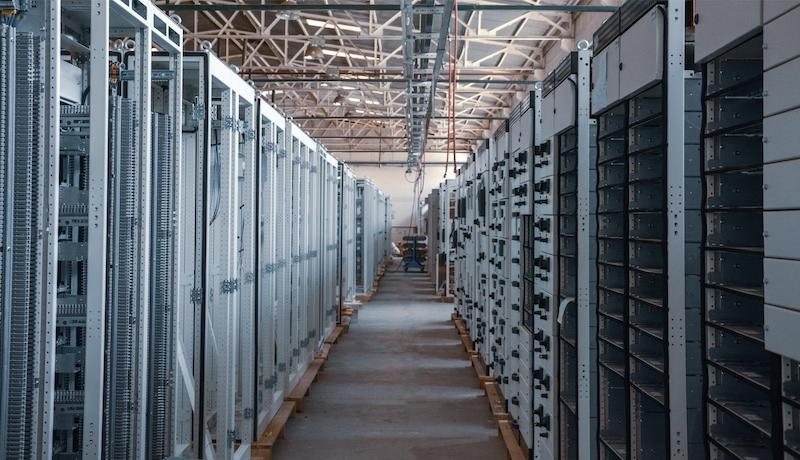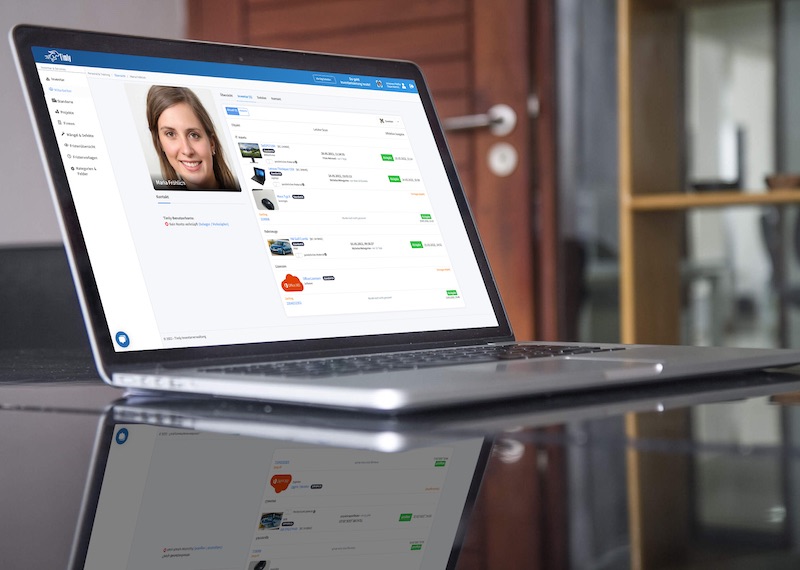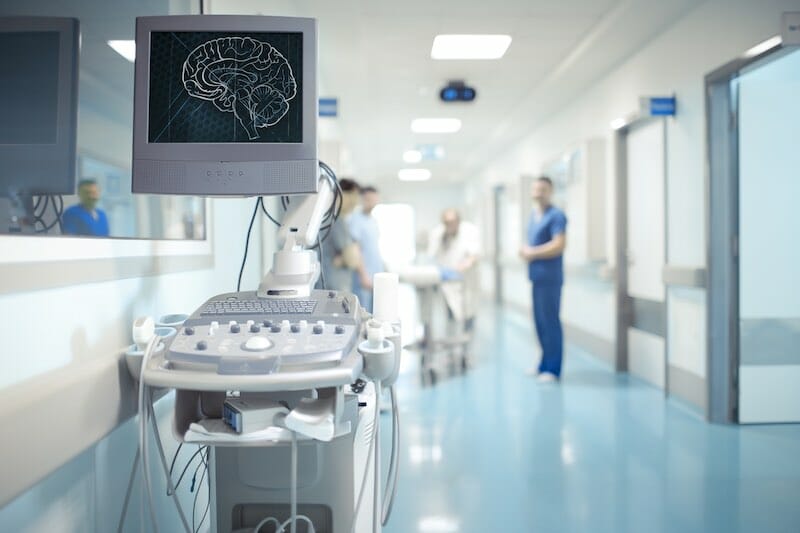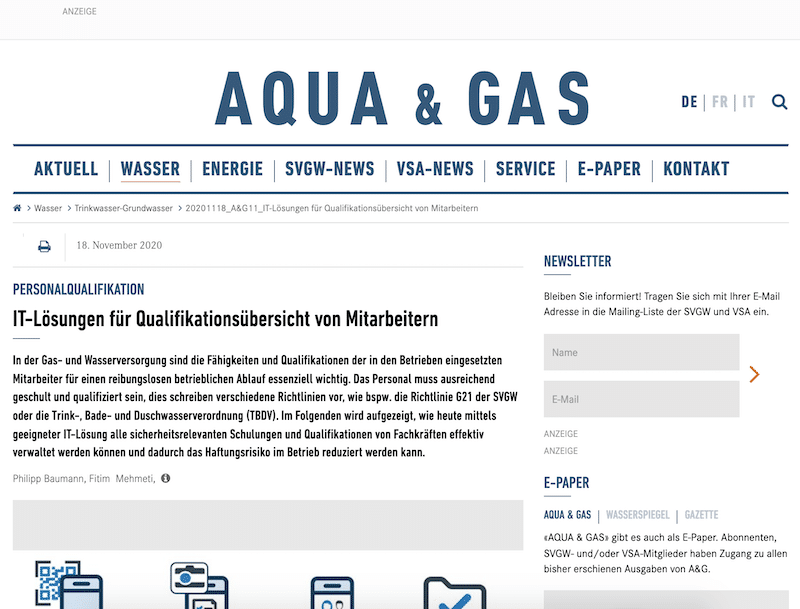Key Takeaways:
- An enterprise resource planning system (ERP) is a software that helps companies manage and integrate their business processes.
- ERP systems are customizable and scalable and is seen being used in real-world applications such as construction, healthcare, and non-profit.
- Data analysis is crucial in order to utilize ERP systems.
- There are four core modules of the ERP system which are financial management, human resource management, supply chain management, and customer relationship management.
- Using ERP systems enables the automation of manual processes and provides better visibility for the organization.
In This Article:
- What Is an Enterprise Resource Planning System? Unraveling the Basics
- Advantages of Implementing an ERP System in Business
- Understanding the Different Types of ERP Deployments
- Challenges and Considerations in ERP Implementation
- Comparing ERP With Other Business Software
- Frequently Asked Questions About Enterprise Resource Planning System
What Is an Enterprise Resource Planning System? Unraveling the Basics
An Enterprise Resource Planning System (ERP) is software that enables companies to manage and integrate their business processes. This can be accomplished at a single location, and it works to ensure that operations are streamlined in the organization, improving efficiency and efficacy, and providing key information for decision-making. You can think of it as different departments coming together as a single function within the organization. Using ERP can ensure better productivity and, consequently, cost savings within the organization. When we examine the history and development of the ERP system, we need to understand that it took over four decades to effectively and efficiently improve and manage businesses. Here are the stages that led to the complexity of integrated solutions:
- Pre-material requirement planning (MRP)
- Material requirement planning (MRP)
- Manufacturing Resources Planning II (MRP-II)
- Enterprise Resource Planning (ERP)
How Does an Enterprise Resource Planning System Work?
When it comes to understanding how an ERP system works, we need to comprehend how each business module communicates with one another. Essentially, it’s about how each module collaborates to help the organization grow. For example, modules such as human resources, finance, and supply chain management are common within an organization. Companies can even customize these modules and integrate them with systems such as Timly’s.
Real-World Applications
To grasp the essence of an ERP system, let’s delve into how this state-of-the-art system is used in both small and large enterprises. This will illuminate how the system is customizable and scalable.
Health Care
Timly’s integration abilities with other ERP systems such as those in the healthcare sector is a huge advantage,, as these systems help manage not only payroll and healthcare supplies but also patient care. The components of ERP provide the necessary means for the healthcare industry.
Construction
The construction industry heavily relies on an ERP systems, which is why Timly makes integrations simple This is because costs, deadlines, and inventory management are crucial to business operations. Therefore, this sector greatly benefits from workflow management and inventory automation.
Nonprofit Organisation
To achieve smooth operations in the nonprofit sector, it’s essential to have a system that assists with budgeting, payroll, and fiscal updates.
Advantages of Implementing an ERP System in Business
When it comes to streamlining operations, ERP systems are the way to go. Currently, many companies still operate in silos, where different departments lack synchronization and communication. To ensure growth and profitability, it’s crucial to have real-time information and updated departments. Let’s explore how ERP systems simplify and optimize business processes.
Manual Tasks Are Automated
To reduce expenses and save time, companies must automate tasks. This eliminates the issue of human error, which consumes valuable time in rectifying mistakes. ERP systems streamline processes by automating manual tasks.
Better Inventory Management
Efficient inventory management is essential for simplifying processes. Timly offers an inventory management system that allows you to scan and track inventory items accurately, reducing the risk of products being out-of-stock and minimizing human error.
Standardizing Processes
As companies expand, it’s important to standardize processes across geographically dispersed departments and offices. ERP systems facilitate this standardization, supporting business growth and ensuring real-time information delivery to investors and stakeholders.
Ensuring Cross-Department Functionality
Most departments in organizations rely on each other. For instance, the relationship between the finance department and the warehouse is crucial. Without proper ERP systems, miscommunications and errors among teams become prevalent.
Data analysis is pivotal in ERP system utilization. Gathering information from various departments provides an overall and detailed view of organizational operations, aiding decision-making. Visibility is crucial for companies, as it enables streamlined operations and accurate decision-making based on real-time information.

What Are the Key Components of ERP Systems?
When it comes to understanding how an ERP system works, we need to grasp the 13 components that comprise the system. To begin, let’s recognize that there are numerous business aspects tied to it, encompassing both front-end and back-end roles. Let’s delve into the core modules of the ERP:
First, let us look at the first four core components:
- Financial Management: Focuses on managing financial data.
- Human Resource Management (HRM): Similar to WFM, it keeps employee records.
- Supply Chain Management: Manages flow of goods from suppliers to manufacturers to customers.
- Customer Relationship Management (CRM): Focuses on the sales aspect to enhance customer satisfaction and their relationship with clients.
Now, these are the additional ERP components:
- Manufacturing
- Inventory Management
- Project Management
- Ecommerce
- Marketing Automation
- Procurement
- Order Management
- Warehouse Management
- Workforce Management (WFM)
Today’s ERP systems provide an open and flexible option for today’s business needs. That is, the system itself can integrate with other software by using adaptors and interfaces to help connect. Whether small or large organizations, Timly can integrate with those systems and not only allows your company to scale but also adapts to suit the different business needs.
Over 500 Companies, Schools and Cities Rely on Timly
(No credit card required)
Understanding the Different Types of ERP Deployments
Let us understand the difference between cloud vs. on-premise ERP and hybrid systems.
Cloud ERP
- Advantages:
- Security: Companies normally select cloud based services because of the appealing factor that they provide security and restricted access to staff when they use them.
- Access to mobiles: One is able to access information from the comfort of their mobile phone while using cloud based systems. This offers the ease of managing teams from wherever they are located.
- Disadvantages:
- Less customization: When it comes to enhancing customisation, cloud ERP may not be flexible enough for customisation.
- Updates from vendors: When it comes to having a cloud based ERP system, organizations have to wait for updates from the vendors. At times, this can be frustrating, as organizations do not have control over it.
On Premise
- Advantages:
- Customizable: When it comes to customizing systems, niche industries will benefit from this.
- 3rd party infrastructure: Companies do not have to rely on vendor infrastructure to update their system.
- Disadvantages:
- Scalability: This can be expensive when companies want to scale, as it incurs extra costs.
- Security: Companies are responsible for their data, and this can pose a challenge.
Hybrid Solutions
With the advantages and disadvantages of using two separate systems, it is only realistic to use a hybrid system. The emergence of the hybrid ERP system takes the best of both worlds and combines them to suit and tailor the needs of today’s business. It offers less on the cost and more on the functionalities that both on-premise and cloud ERP have to offer.
What Are the Latest Trends in ERP Technology?
With the emergence of new technology, we can observe how it will integrate with the ERP system. Here’s what the current trend in ERP technology looks like:
- Innovations and Developments: With the emergence of AI and IoT, we anticipate that they will help process copious amounts of data for better and faster decision-making. This aids businesses in reducing costs, improving agility in the market, and positioning themselves as top competitors in their field.
- Future Predictions: Organizational work methods are undergoing significant changes. Consequently, ERP systems will continue to evolve alongside organizational scaling. To better serve customers and satisfy stakeholders, we predict that ERP systems will begin predicting and automating operational issues, thereby guiding sectors to make appropriate changes. Additionally, with the emergence of ESG, this factor will also be considered to bring about cleaner and better changes in how organizations operate.
The Timly asset tracking software in use at SodaStream

Everything Under Control With One Solution – The Intuitive Asset Tracking Software
(No credit card required)
Challenges and Considerations in ERP Implementation
So, what are the best practices for successful implementation? Ensuring proper project management from planning through to system launch is crucial. Moreover, effective project planning is essential, considering both time and budget constraints.
What Are the Financial Benefits of Using ERP Applications?
A real-life example is how Fulton & Roark transitioned from manual data entry systems to utilizing an ERP system. The organization identified errors in inventory bookkeeping and experienced a 50% increase in sales as a result.
With that being said, utilizing applications such as Timly allows us to witness these benefits across the board. For instance, understanding how to manage IT asset inventory also plays a significant role when it comes to replacing manual systems.



Comparing ERP With Other Business Software
- ERP vs. CRM: While both ERP and CRM are heavily relied upon, organizations primarily focus on the financial aspect with ERP and on customer sales and services with CRM. An advantage of using an ERP system is that it includes a CRM component, whereas CRM systems lack an ERP component.
- ERP and Accounting Software: Utilizing an ERP system far surpasses using accounting software. Unlike ERP, accounting software is limited in providing real-time data, lacks sales or CRM features, and does not fulfill the broader needs of businesses.
How Does ERP Foster Collaboration and Efficiency in Organizations?
- Enhancing Communication: ERP systems utilize a central data management system and collaborative tools to facilitate effective communication. Improving communication fosters better relationships between departments and reduces errors in correspondence.
- Automating Workflow: Teams are provided with tools and processes tailored to their roles and responsibilities. Automating workflows streamlines processes, promotes cross-departmental collaboration, and reduces errors.
Using ERP systems enables the automation of manual processes and provides better visibility for the organization. For instance, an automated inventory system saves time and eliminates human error. Additionally, streamlining workflow processes enhances communication and collaboration between departments. Therefore, by automating and streamlining workflows, you not only reduce human errors but also achieve transparency and visibility into areas where growth is necessary, ensuring that the business scales upward.
Get Started Now – With Digital Asset Tracking Software!
(No credit card required)
Frequently Asked Questions About Enterprise Resource Planning System
What is the Role of ERP in Modern Business?
How Do Erp Systems Enhance Business Decision-Making?
The Inventory Software for Your Success
A wide range of intelligent functions allows you to easily manage your entire company inventory. Try Timly asset tracking software now for free and see how easy it is to save time and resources.
Manage All Assets
Whether IT resources, tools, machines, vehicle fleet, furniture or contracts: everything in Timly.
Mobile Available Everywhere
Localise your assets with the integrated barcode scanner for smartphones & tablets.
Clever Assignment
Easily assign assets to people, projects, rooms, locations or external service providers.
Digital File Management
Digitally store important information, files, documents, audit trails & contacts for your assets.
GPS Recording
Save the exact GPS location of your assets with one scan. All GPS data historically verifiable.
Maintenance Management
Recommended for You:




















































































































































































































